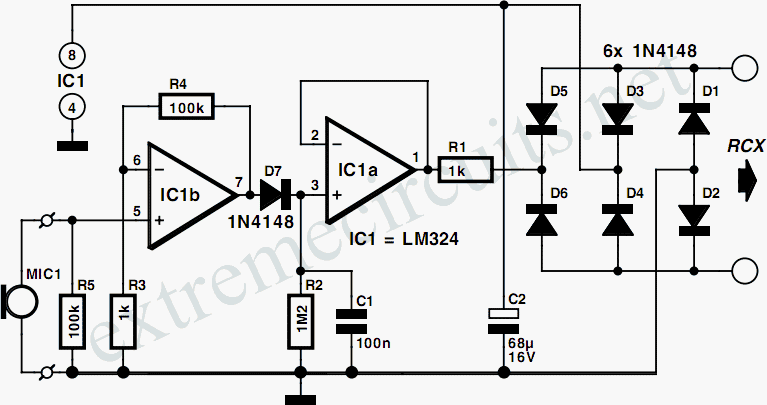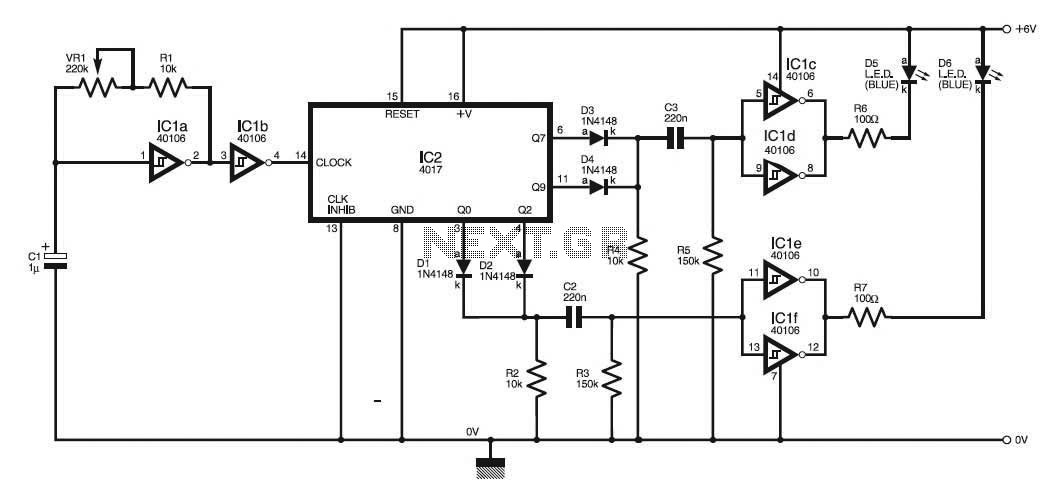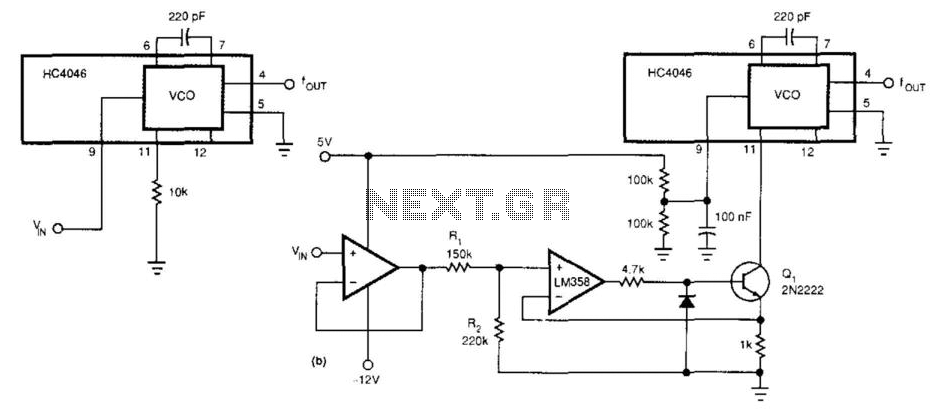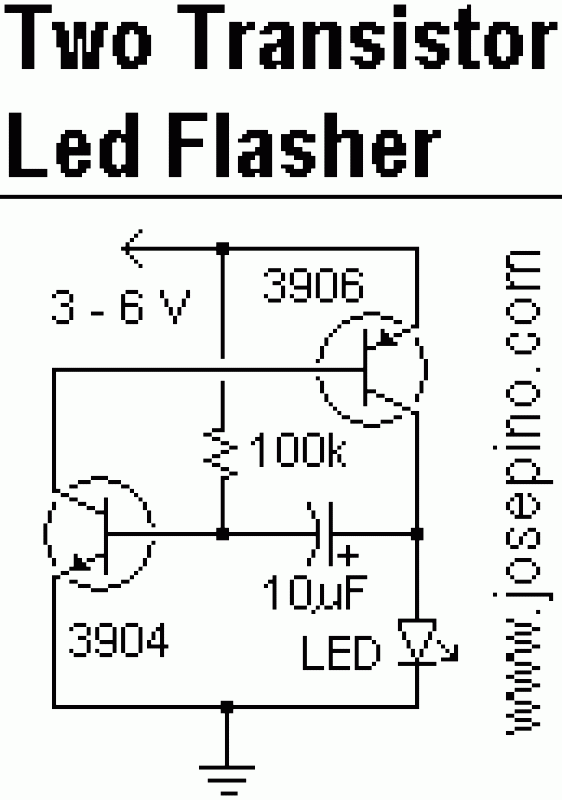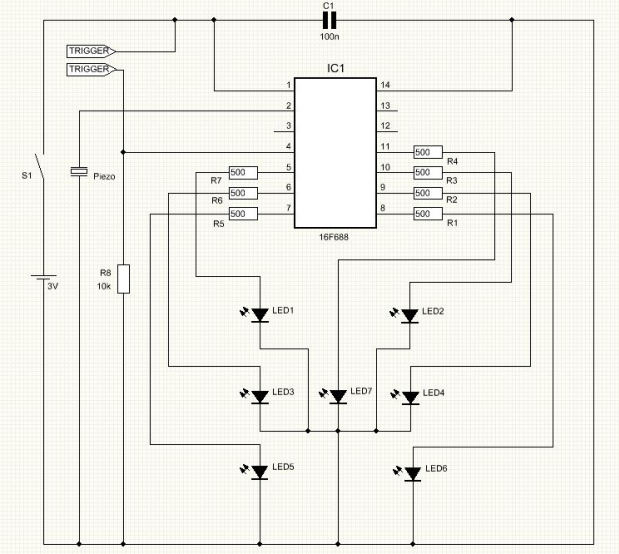
LED Sensor Electronic Tracker with H-Bridge Drive
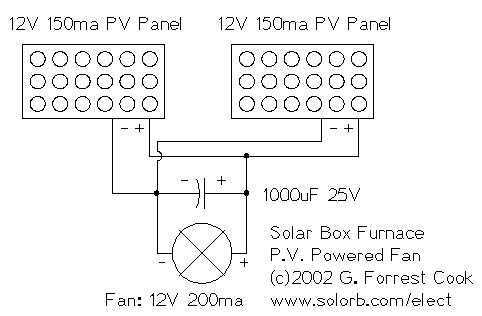
I decided to make a commercial surface mount PC board using the LED2 sensor concept. It is quite sensitive and can track to a few degrees of accuracy in bright sunlight. If a blocking shadow is used the accuracy is better than 1/4 degree, that's about as good as you can get with an active feedback sensor. The board is a tiny .7"x1.4". More: This circuit uses power MOSFET drivers and is designed to operate satellite dish linear actuators, however most any DC motor can be used. The power drivers are capable of delivering about 10 amps of peak current, maybe more. When better transistors become.
The described circuit is centered around a compact surface mount printed circuit board (PCB) that integrates the LED2 sensor technology. This sensor is engineered to detect angular positions with high precision, achieving an accuracy of a few degrees under bright sunlight conditions. The performance improves significantly when a blocking shadow is introduced, enhancing the accuracy to better than 0.25 degrees. This level of precision is particularly advantageous for applications requiring active feedback mechanisms.
The PCB measures 0.7 inches by 1.4 inches, indicating a design that prioritizes space efficiency while maintaining functionality. The compact size allows for integration into various devices and applications without significant spatial constraints.
The circuit employs power MOSFET drivers, which are instrumental in controlling linear actuators commonly found in satellite dish setups. These drivers are capable of handling substantial current loads, rated at approximately 10 amps of peak current, thus providing sufficient power for driving various DC motors beyond just those used in satellite applications. The selection of MOSFETs in this design is critical, as they must be capable of managing the thermal and electrical demands of the system, especially during peak operational conditions.
In summary, this circuit configuration offers a robust solution for precise angular tracking and control, leveraging advanced sensor technology and powerful driving capabilities suitable for a wide range of applications in automation and motor control.I decided to make a commercial surface mount PC board using the LED2 sensor concept. It is quite sensitive and can track to a few degrees of accuracy in bright sunlight. If a blocking shadow is used the accuracy is better then 1/4 degree, that`s about as good as you can get with an active feedback sensor. The board is a tiny .7"x1.4". This circuit uses power MOSFET drivers and is designed to operate satellite dish linear actuators, however most any DC motor can be used. The power drivers are capable of delivering about 10 amps of peak current, maybe more. When better transistors become 🔗 External reference
The described circuit is centered around a compact surface mount printed circuit board (PCB) that integrates the LED2 sensor technology. This sensor is engineered to detect angular positions with high precision, achieving an accuracy of a few degrees under bright sunlight conditions. The performance improves significantly when a blocking shadow is introduced, enhancing the accuracy to better than 0.25 degrees. This level of precision is particularly advantageous for applications requiring active feedback mechanisms.
The PCB measures 0.7 inches by 1.4 inches, indicating a design that prioritizes space efficiency while maintaining functionality. The compact size allows for integration into various devices and applications without significant spatial constraints.
The circuit employs power MOSFET drivers, which are instrumental in controlling linear actuators commonly found in satellite dish setups. These drivers are capable of handling substantial current loads, rated at approximately 10 amps of peak current, thus providing sufficient power for driving various DC motors beyond just those used in satellite applications. The selection of MOSFETs in this design is critical, as they must be capable of managing the thermal and electrical demands of the system, especially during peak operational conditions.
In summary, this circuit configuration offers a robust solution for precise angular tracking and control, leveraging advanced sensor technology and powerful driving capabilities suitable for a wide range of applications in automation and motor control.I decided to make a commercial surface mount PC board using the LED2 sensor concept. It is quite sensitive and can track to a few degrees of accuracy in bright sunlight. If a blocking shadow is used the accuracy is better then 1/4 degree, that`s about as good as you can get with an active feedback sensor. The board is a tiny .7"x1.4". This circuit uses power MOSFET drivers and is designed to operate satellite dish linear actuators, however most any DC motor can be used. The power drivers are capable of delivering about 10 amps of peak current, maybe more. When better transistors become 🔗 External reference
